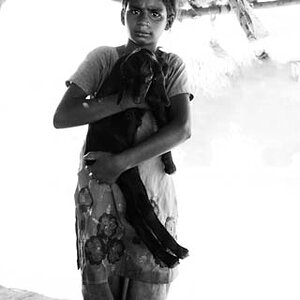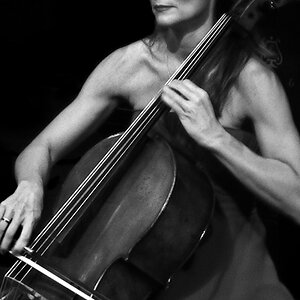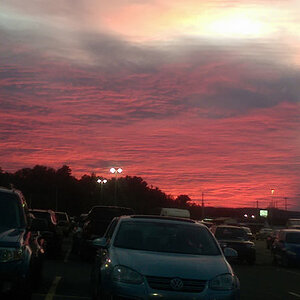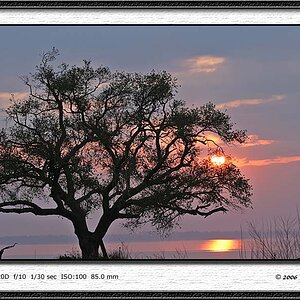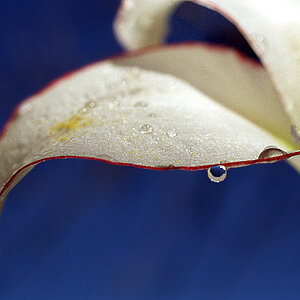Sw1tchFX
TPF Noob!
- Joined
- May 3, 2006
- Messages
- 7,499
- Reaction score
- 478
- Can others edit my Photos
- Photos NOT OK to edit
Thanks for all the help so far everyone. I've learned some great shooting techniques for specific situations.
But for the one that I have, I don't think there is a way to physically do it. To blow out a white backdrop to a clean white (255,255,255) you need to over expose it. If the product is sitting on a white floor that needs to be clean white (255,255,255) you'll end up blowing out the product, especially if it is white too. You could take two exposures, one for the product and one for the sweep, but that is a post processing technique and not a shooting technique. I think the easiest and most effective way is to create a path around the objects, mask out the existing background, add a pure white background layer in PS and then recreate the shadows using the original image as a guide.
If someone has an easier technique, please share. : )
You're missing the point.
If you read my post, you'd understand.
Separate the product from the background. Create distance, like a few feet.
Light the background and the foreground separately.
that's what we did with the shoe, the background was a few feet behind, so there was no spill from the background onto the foreground.
Seriously, people have been doing this on film for decades, before photoshop existed, it's not rocket science. I've seen 8x10 transparencies of product from 30 years ago that people today would say "oh that's so photoshopped".
just put the bottles on a pane of glass that's elevated, put white seamless below on the floor. nuke the seamless, make sure it blows out, than light the bottles, get they're exposure right, and presto! You're done!
No Photoshop required!
Last edited:


![[No title]](/data/xfmg/thumbnail/37/37604-7ad625e983f92f880eb65a264eeef5e4.jpg?1619738148)
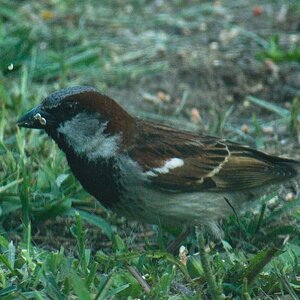
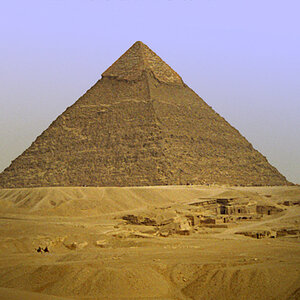
![[No title]](/data/xfmg/thumbnail/42/42060-f597479f8fd78d4bb4d17e7686fb0812.jpg?1619739996)
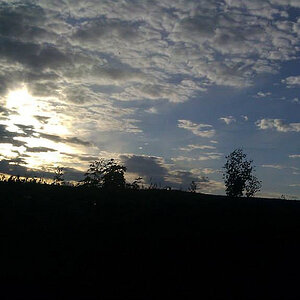
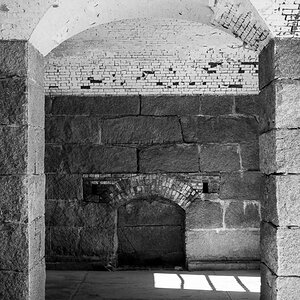
![[No title]](/data/xfmg/thumbnail/34/34131-26fa915af5e4adb9d0f123c4c8b7cae4.jpg?1619736302)
